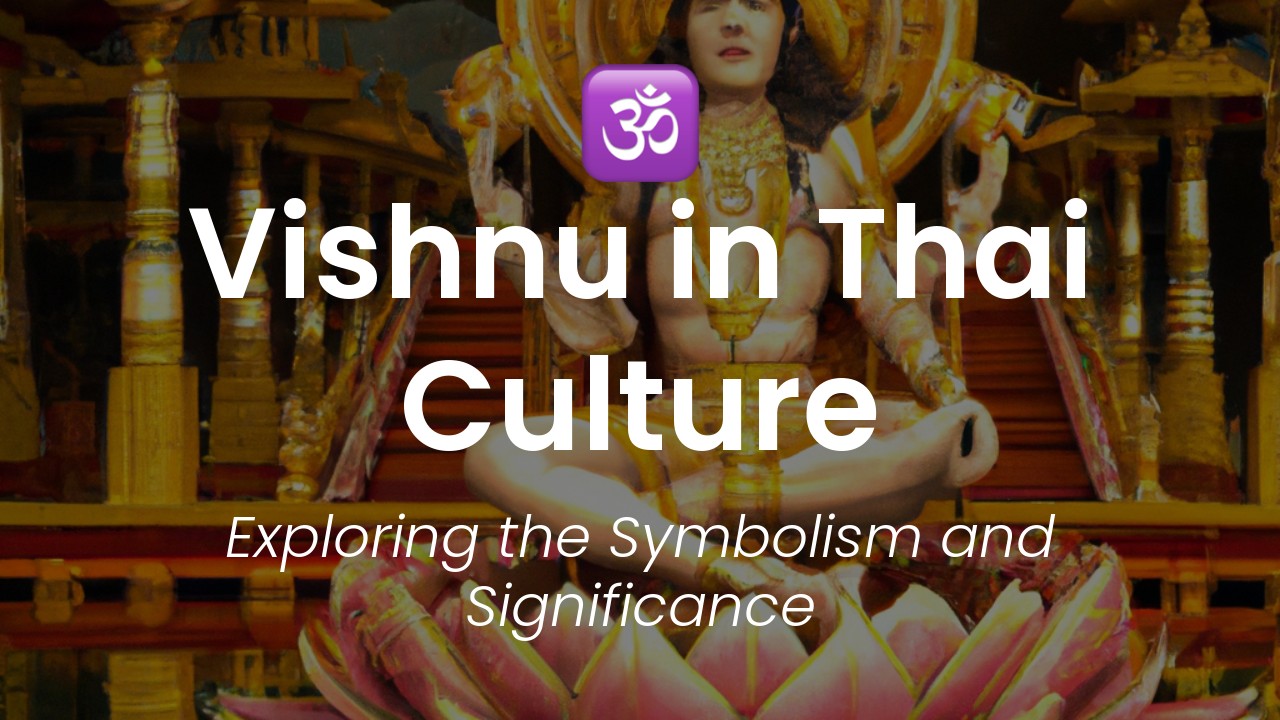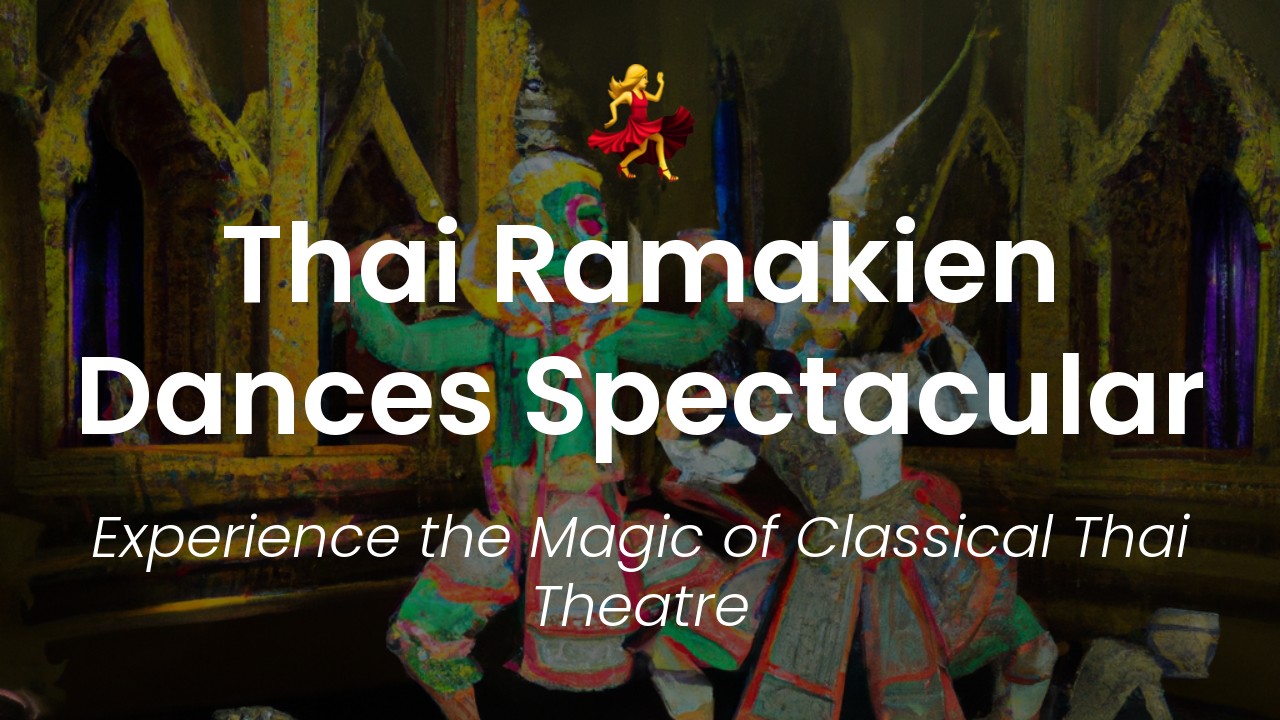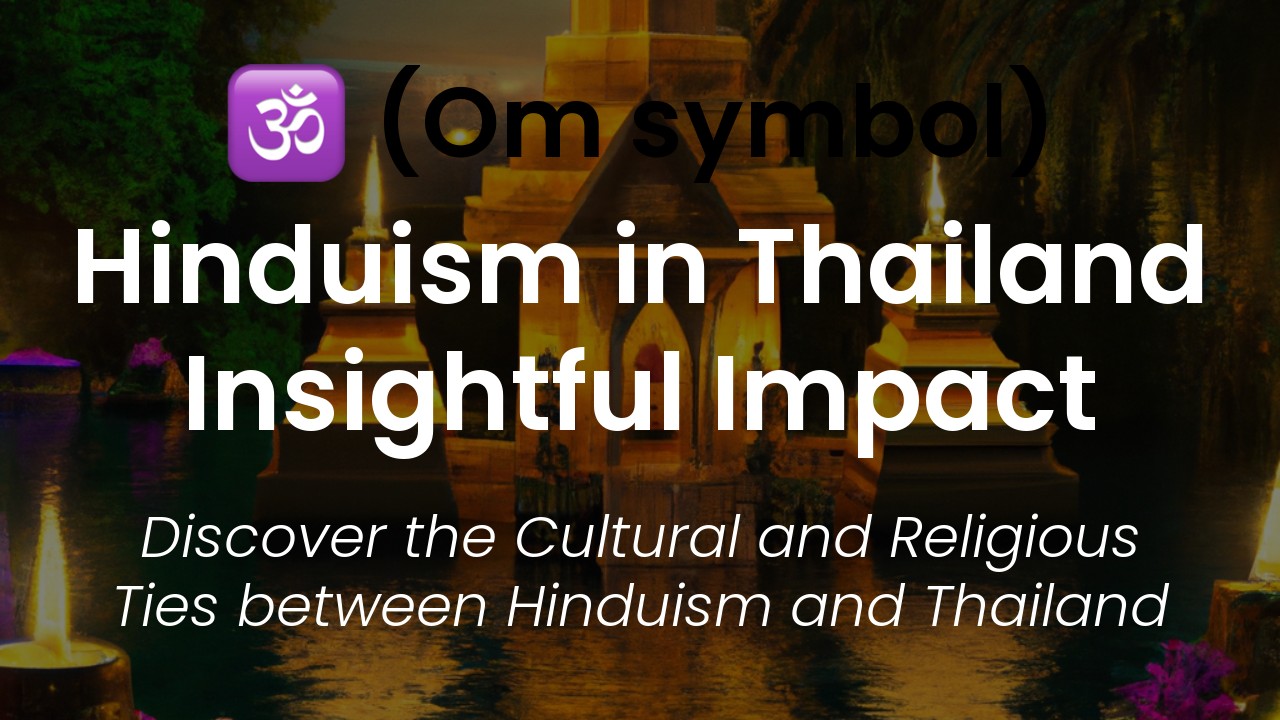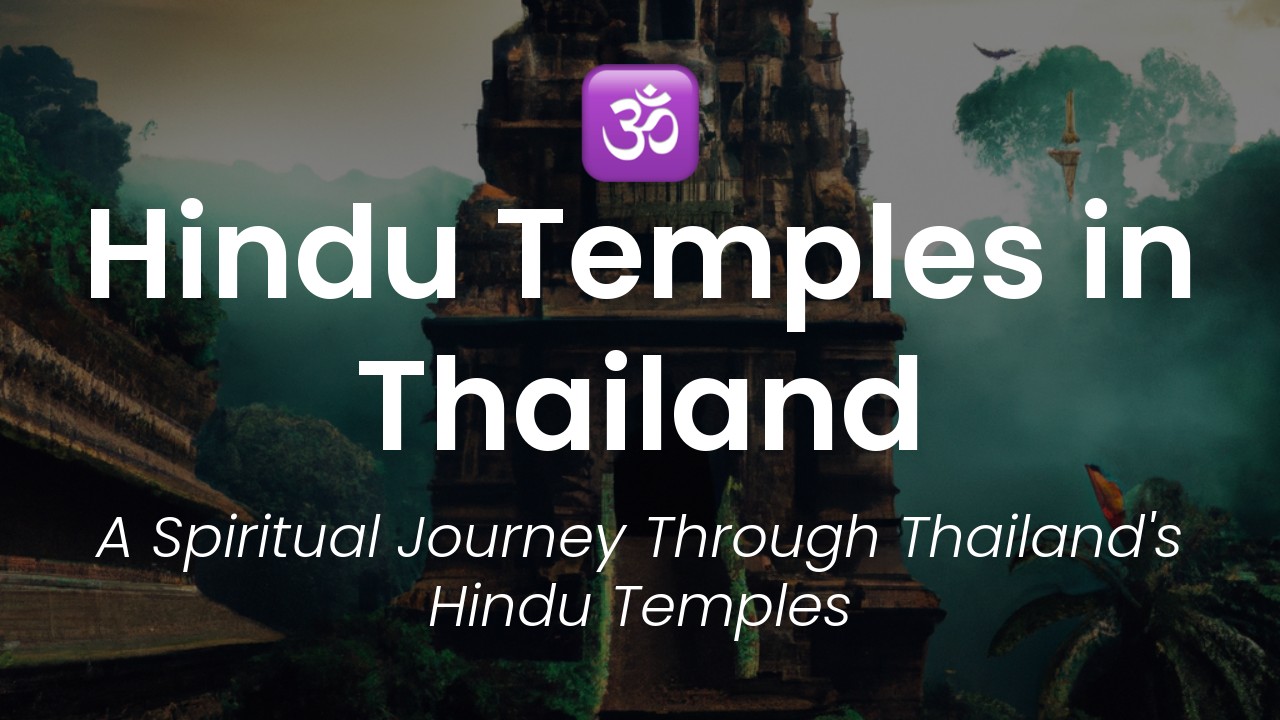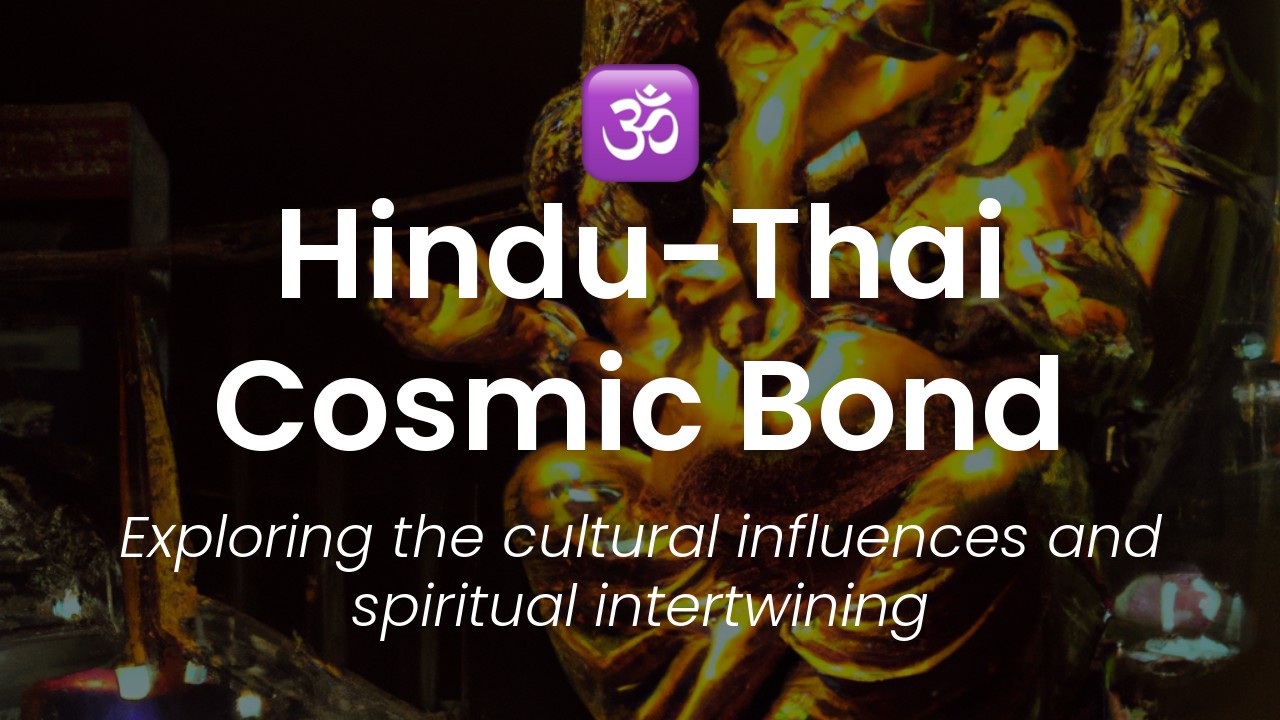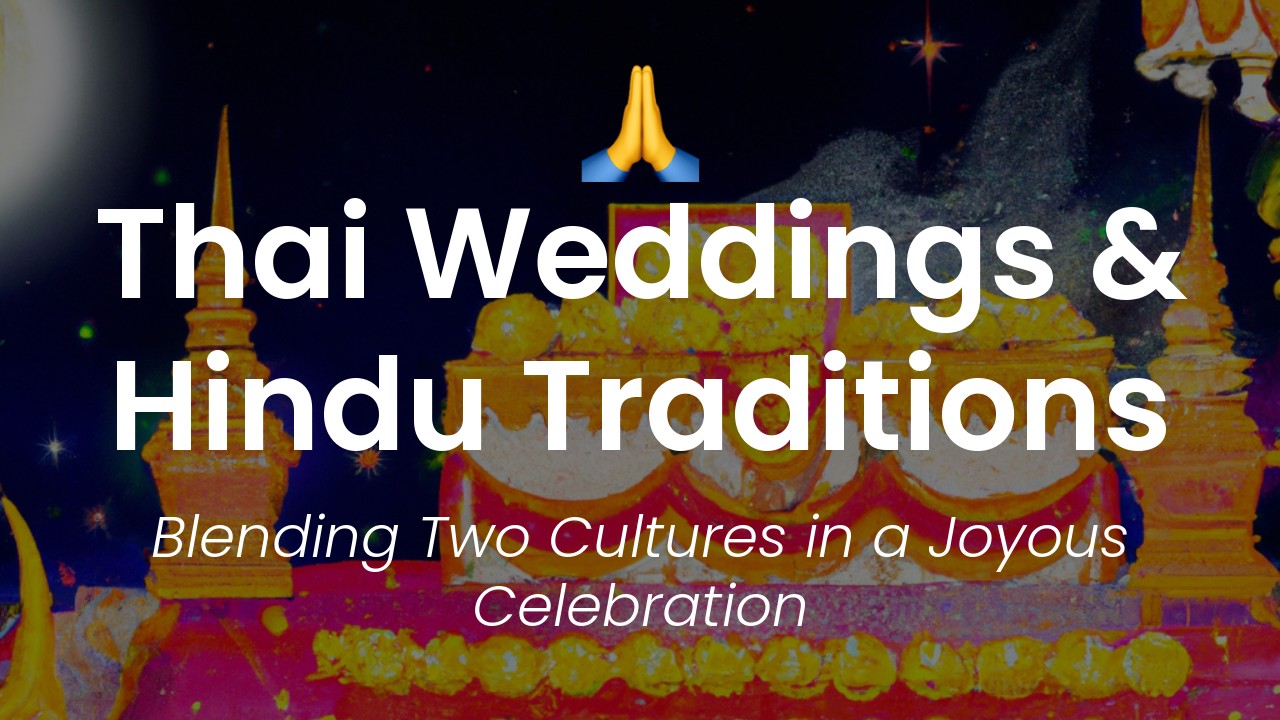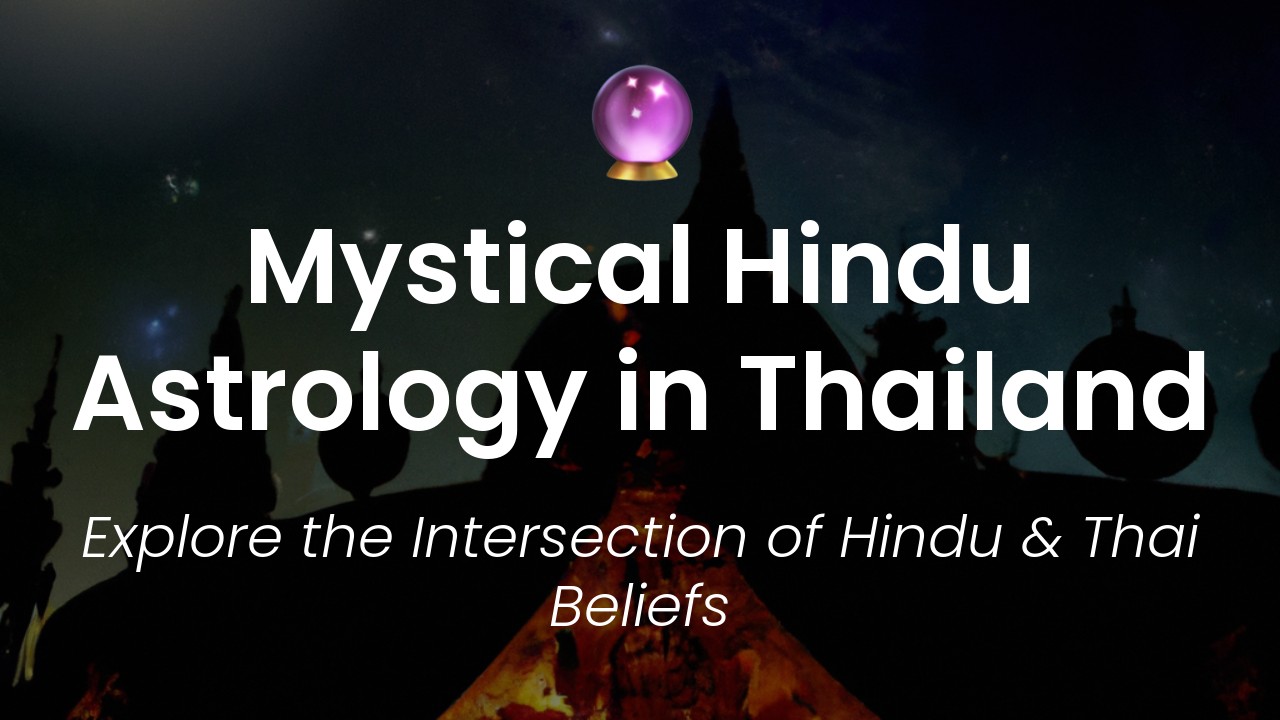As a Thai woman immersed in my country's rich culture, I've always been curious about the influence of Hinduism on Thai beliefs and traditions. One Hindu deity that has particularly intrigued me is Vishnu and how he is represented in Thai culture. Although Thailand is predominantly a Buddhist country, Hinduism has played a significant role in shaping Thai spiritual practices, particularly in the form of Brahmanism.
In Thailand, Vishnu is one of the most revered gods in the Hindu pantheon, along with Shiva and Brahma. However, what is interesting about Vishnu in Thai culture is that he is often depicted in a different form than in India, where he is mostly shown as a blue-skinned, four-armed deity. In Thailand, Vishnu is usually depicted as a human with only two arms, holding a lotus flower and a conch shell.
One of the most significant representations of Vishnu in Thai culture is the Emerald Buddha, also known as Phra Kaew Morakot, which is located in the Grand Palace in Bangkok. The statue of the Emerald Buddha is said to have originated in Ancient India, and it was believed to have been passed down and respected by various rulers in Cambodia and Laos until it was eventually brought to Thailand in the 14th century. The statue sits in a traditional Thai-style shrine, and it is considered one of the most sacred objects in Thai culture. The Emerald Buddha is also adorned with intricate gold clothing, which is changed by the king of Thailand three times a year during the major Thai holidays.
Vishnu: The Preserver in Hinduism and Buddhism
In Hinduism, Vishnu is one of the three major gods in the Trimurti, along with Brahma (the creator) and Shiva (the destroyer). He is often depicted as having four arms, holding various objects such as a conch shell, a discus, a mace, and a lotus flower. Each object symbolizes a different aspect of Vishnu's power and role as the preserver of the universe.
Buddhism, which also originated in India, recognizes Vishnu as a deity as well. While Buddhism does not focus on gods and goddesses as much as Hinduism does, there are still images of Vishnu in Buddhist temples in Thailand and other countries.
Vishnu Connected to Thai Royalty
In Thailand, Vishnu is an important figure with deep connections to the country's royal family. The Thai kings are believed to be incarnations of Vishnu, specifically the Rama avatar, and are often referred to as Rama or Rama IX (in the case of the late King Bhumibol Adulyadej).
This connection dates back to the Ayutthaya Kingdom (1350-1767), when Hinduism was still widely practiced in Thailand. The city of Ayutthaya was named after Ayodhya, the birthplace of Lord Rama in Hindu mythology. The kings of Ayutthaya saw themselves as devarajas (god-kings), with their rule sanctioned by the gods.
Even after the spread of Buddhism in Thailand, the connection between the kings and Vishnu remained. This can be seen in the emblems of the Chakri dynasty, which features Garuda (Vishnu's bird mount) and the Royal Kathin Ceremony, which involves the king presenting robes to Buddhist monks (a ritual that traces its roots back to Hindu offerings to Vishnu).
The Many Depictions of Vishnu in Thai Art
Vishnu has been depicted in Thai art for centuries, with different periods featuring different styles and interpretations. In the early Ayutthaya era, Vishnu was often depicted in the classic Indian style, with a lotus flower in one hand and a discus in the other.
During the Rattanakosin era (1782-1932), which saw the establishment of Bangkok as the capital, Vishnu's depictions became more Thai in style. He was often depicted wearing traditional Thai clothing and his attributes were modified to be more in line with Thai culture.
One notable example of this style can be seen in the famous Emerald Buddha temple in Bangkok, which features a mural of Vishnu riding Garuda (depicting the god's triumph over evil). The mural, painted in the 19th century by Thai artists, shows Vishnu in traditional Thai clothing and not the traditional Indian style.
Significance of Vishnu's Four Arms and Other Symbols
As mentioned earlier, Vishnu is often depicted with four arms, with each arm holding a different object. The conch shell represents the sound of creation, the discus represents the power of knowledge, the mace represents mental and physical strength, and the lotus flower represents purity and enlightenment.
In addition to these objects, Vishnu is also associated with Garuda (a mythical bird that serves as his mount), the chakra (a spinning disc-like weapon), and the shankha (a conch shell trumpet). All of these symbols combine to represent Vishnu's power and influence in the world.
The Role of Vishnu in Thai Mythology and Folklore
Vishnu plays a significant role in Thai mythology and folklore, with several stories and legends featuring the god and his various avatars.
One popular tale in Thailand is the Ramakian (the Thai adaptation of the Indian epic, the Ramayana), which tells the story of Rama (an incarnation of Vishnu) and his quest to rescue his wife Sita from the demon king Ravana. The Ramakian is often depicted in art and literature, as well as in classical dance performances.
Another important legend in Thai folklore is the story of Phra Narai (Vishnu's incarnation as the god of war). According to the legend, the Burmese army attacked the Thai city of Ayutthaya in the 16th century. The Thai king prayed to Vishnu for help, with the god appearing in the form of Phra Narai and leading the Thai army to victory.
Vishnu's Connection to Thai Festivals and Celebrations
Vishnu's influence can be seen in a number of Thai festivals and celebrations, with many events tracing their roots back to Hindu traditions.
One example is the Royal Kathin Ceremony, in which the king presents robes to Buddhist monks (as mentioned earlier). This ceremony is believed to have originated from Hindu offerings to Vishnu, and is held annually in October or November.
Another festival with connections to Vishnu is the Songkran Festival (Thai New Year), which is celebrated in mid-April and involves water fights and cleansing rituals. The festival is believed to symbolize the washing away of bad luck and the beginning of a new year, similar to Vishnu's power to preserve and renew the universe.
How Vishnu Continues to Impact Thai Culture Today
While Hinduism is no longer widely practiced in Thailand, Vishnu's influence can still be seen in many aspects of Thai culture. From the connection to the royal family to the depictions in art and the incorporation of symbols and traditions in festivals, Vishnu remains an important figure in Thai history and culture.
The preservation of these traditions and stories serves as a reminder of the country's rich and diverse cultural heritage, and the continued relevance of these traditions shows the enduring power of Vishnu's influence.

